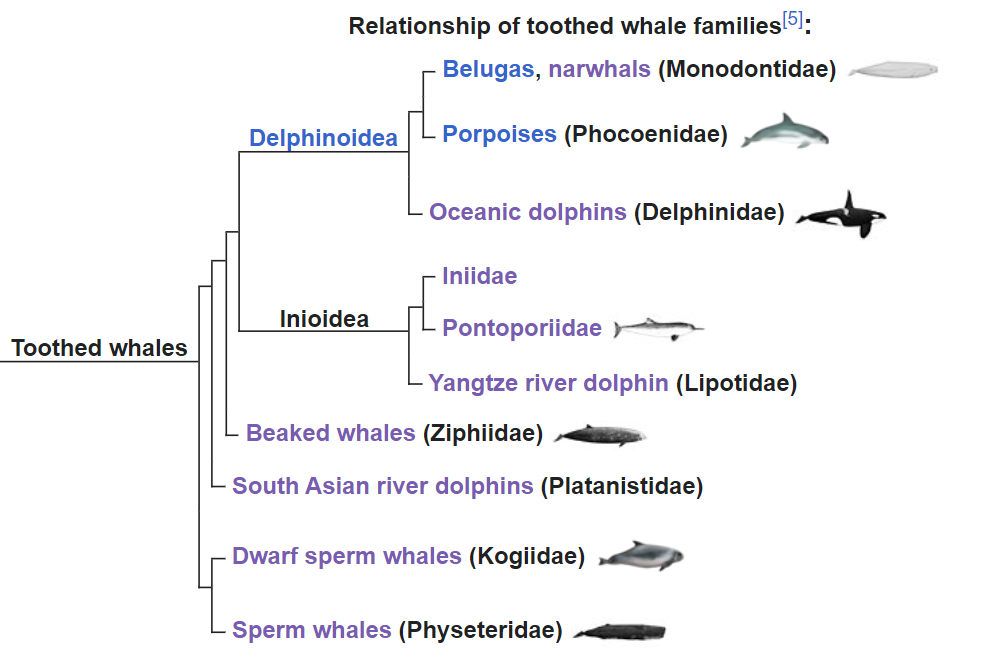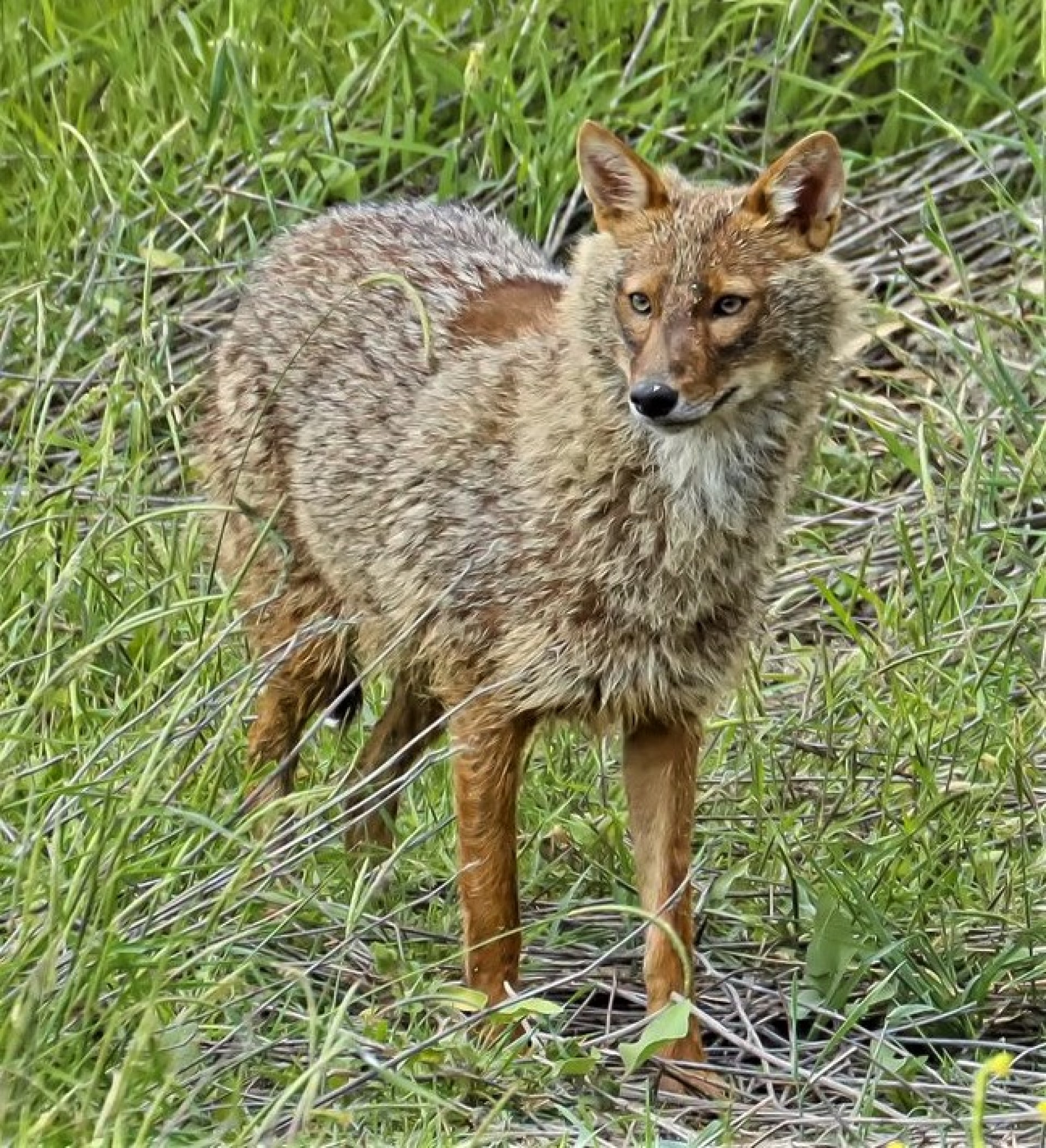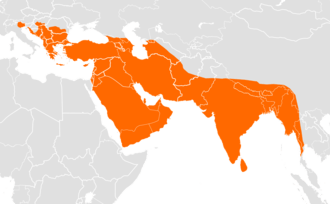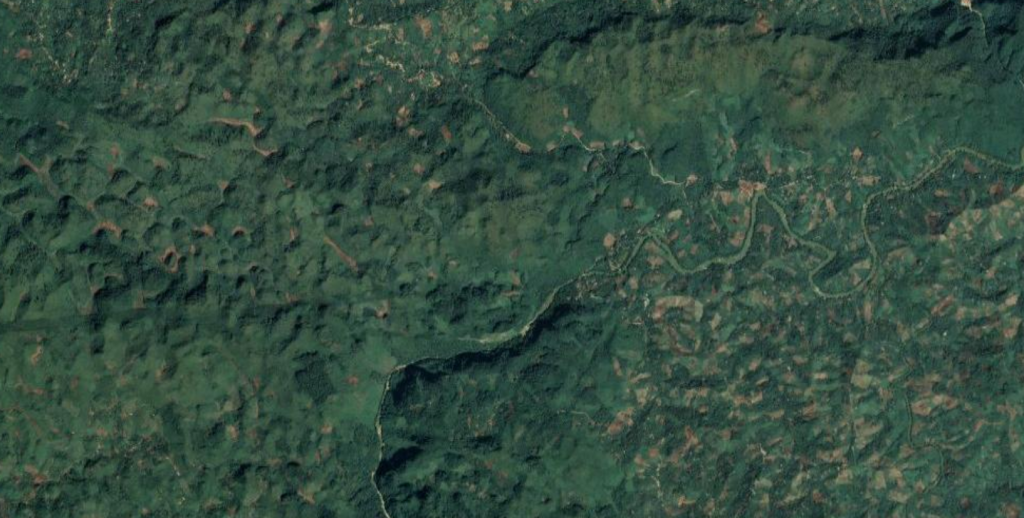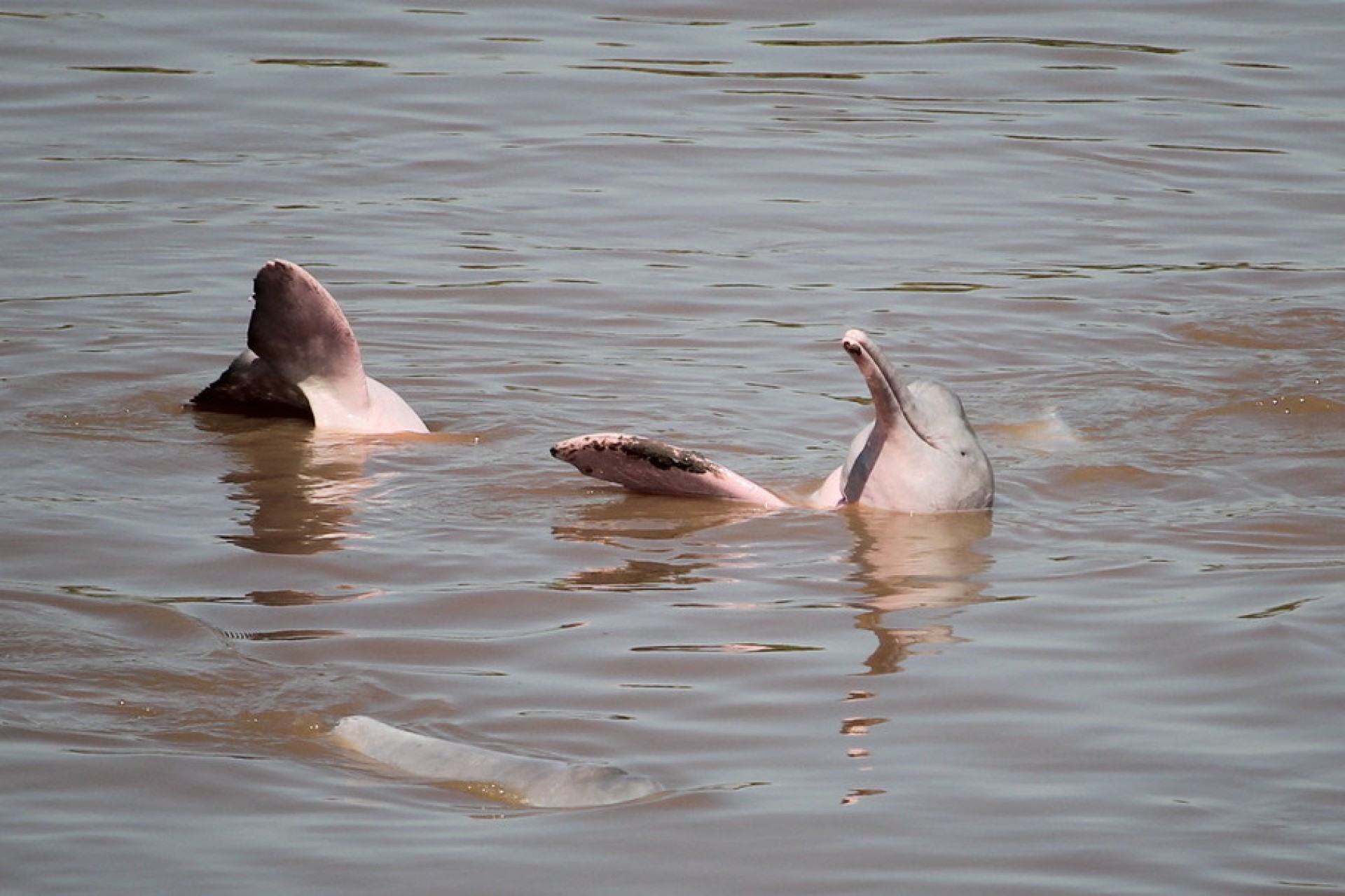
Bolivian river-dolphin
Bolivian river dolphins were discovered by the Western world in 1832 by Alcide d’Orbigny. Initially considered a subspecies of the Amazon river dolphin, differences in body structure and the isolation of the Bolivian river dolphin meant it was reclassified as its own species in 2012. In a study conducted in 2015, it was also noted that any gene flow between I. geoffrensis (downstream) and I. boliviensis (upstream) would be a one way path flowing from upstream to downstream due to the Teotônio waterfall between them.
Even with gene flow, these populations would also remain morphologically different from each other due to the differences in the environment in which they live. Differences in seasonal water depth and speed would result in morphologically different species. However, for now, these populations are considered subspecies of the same species.
Research is hard to do, as the number of the species is low.
They are listed as endangered. Other threats include several dams, and while there are ways for river wildlife to navigate this, it requires moving through fast water, which this dolphin species does not do.
It is classified as endangered, though estimates of the current population size are hard to find.
Below is a video of this species, and below that is a list of any time it is mentioned on this site. Under this, we hope to add links that will allow you to see them in the wild.




